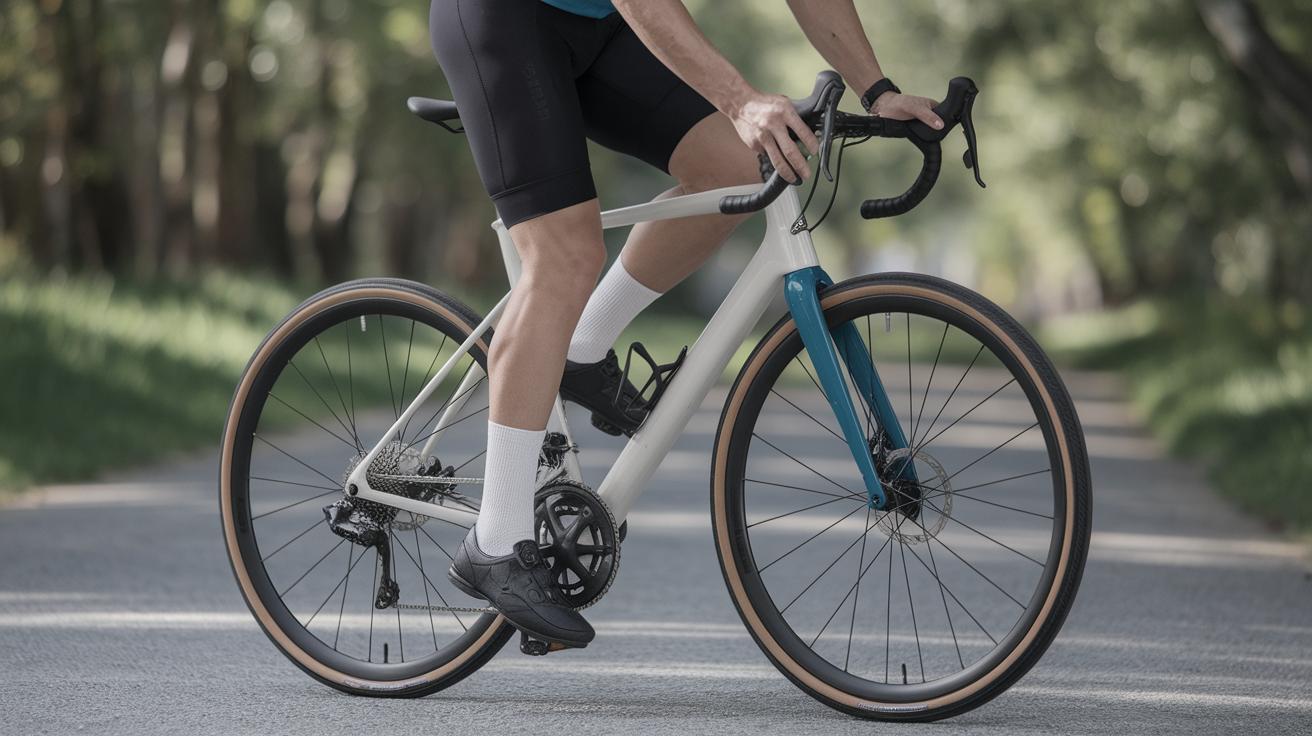How to Install a Bike Chain
Riding your bike should be a smooth and enjoyable experience, and part of ensuring that is maintaining a well-functioning chain. Whether you’re a seasoned cyclist or new to bike maintenance, learning how to install a bike chain can greatly extend the life of your bike and improve riding performance. This comprehensive guide will cover everything you need—from determining if your chain and cassette need replacement, to checking compatibility, removing the old chain, and sizing and installing a new one. Each section is designed to give clear, actionable instructions to make the process as straightforward as possible.
What you will need
Before you start, gather the necessary tools and materials to ensure a smooth chain installation process. Key tools include a chain breaker or a chain tool, necessary for removing the old chain and adjusting the new one. You will also need a new bike chain, which should be compatible with your bike’s drivetrain.
Other helpful items include a quick-link tool for joining the chain, a chain wear indicator to determine when installation is needed, and a rag for cleaning components. In some cases, you might have to lubricate the chain after installation to ensure it operates smoothly. Make sure everything is within reach before you start to avoid running around mid-process.
How do I know if I need to replace my cassette too?
Replacing a chain often raises the question of whether the cassette needs replacing as well. To decide, inspect the current cassette closely for wear and tear. Look for shark fin-shaped teeth or signs that the teeth are worn down excessively. If your cassette appears significantly used, it’s best to replace it alongside the chain to ensure optimal performance and longevity.
An easy test to check whether the cassette needs replacement is to ride the bike with a new chain on. If the chain skips on the gears, it indicates that the cassette is also worn and should be replaced. Replacing both components simultaneously can prevent premature wear of the new chain.
How to check chain compatibility
It’s essential to confirm that your new chain is compatible with your bike’s drivetrain before installation. Different drivetrains, such as 9-speed, 10-speed, or 11-speed, require specific types of chains. Check your bike specifications to ensure you purchase the correct chain.
Compatibility is equally important in terms of chain size and length. Some chains are designed for specific brands or models, while others are more universal. Ensure that your new chain matches your drivetrain’s speed and dimension requirements to prevent performance issues and unnecessary wear.
How to replace a bicycle chain
How to remove a bike chain
To remove a bike chain, use a chain breaker to split the chain at one of its links. If your bike has a quick-link, disengage it to release the chain. Lay the bike on its side or secure it in a stand for easier access. Turn the pedals to bring the chain around to a manageable position before breaking it.
Once the chain is split, carefully remove it from the gears by pulling it through the derailleur. Ensure you dispose of the old chain properly, as it can be hazardous or recyclable. Cleaning the drivetrain area before installing the new chain can help improve performance and longevity.
How to join a new chain using a quick link or joining pin
When joining a new chain, you have two main methods: using a quick link or a joining pin. Quick links are user-friendly and allow quick installation without special tools. To use a quick link, line up the chain ends, insert the link pins into each end, and snap them together by pulling the chain taut.
Alternatively, if using a joining pin, insert it through the overlapped chain ends and use a chain tool to press it into place securely. Ensure the pin is completely flush with the chain sideplates to avoid future derailments or breaks. Test the connection by wiggling the chain; it should feel firm and secure.
How to size a new bike chain
A properly sized chain is crucial for a smooth ride. When sizing a new bike chain, start by threading it around the largest front chainring and the largest cassette cog, bypassing the derailleur. Pull the chain tight and determine which link to cut, adding two additional links for a safe fit.
Use a chain breaker to remove any excess links. If your old chain was correctly sized, you can count the links and replicate this size with the new chain. Remember, a chain that’s too tight or too loose can lead to shifting problems and increased wear.
Lessons Learned
| Section | Key Takeaway |
|---|---|
| What you will need | Gather all necessary tools including chain breaker, quick-link tool, and new chain before starting. |
| How do I know if I need to replace my cassette too? | Inspect cassette for wear or test with new chain to prevent performance issues. |
| How to check chain compatibility | Ensure chain matches your drivetrain’s requirements for speed and length. |
| How to replace a bicycle chain | Remove old chain using a chain breaker and join new chain with quick link or joining pin. |
| How to size a new bike chain | Properly size the chain by adding two links to tight fit around largest chainring and cog. |


